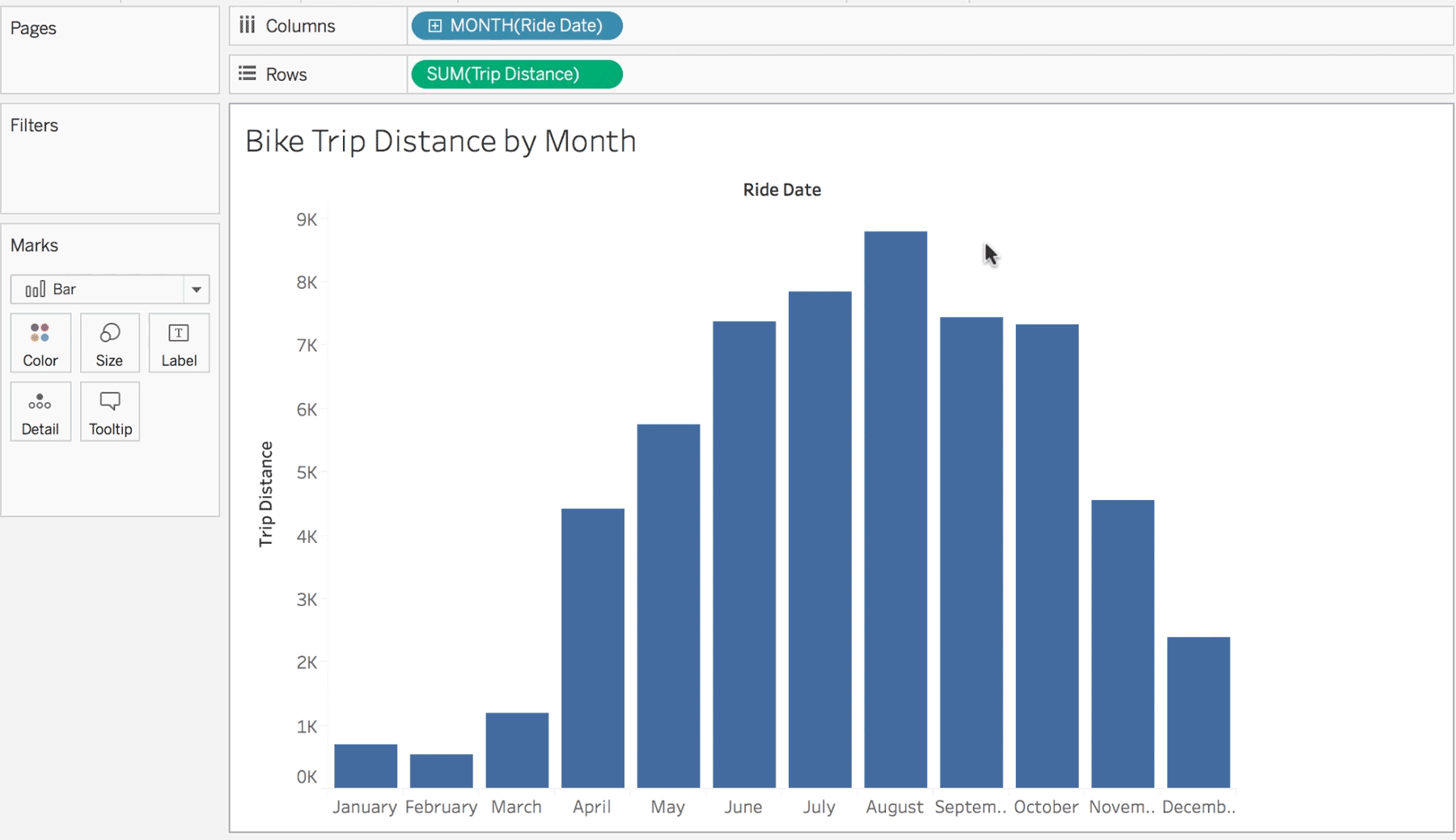

- #Business intelligence platform examples software license
- #Business intelligence platform examples software
Simple user interfaces combined with flexible business intelligence backend software enables users to connect to a range of data sources, including NoSQL databases, Hadoop systems, cloud platforms, and conventional data warehouses, to develop a cohesive view of their diverse data.Īs artificial intelligence and machine learning continue to grow, and as businesses strive to be more data-driven and collaborative, so too does business intelligence continue to evolve, enabling users to integrate AI insights and harness the power of data visualizations. Modern business intelligence platforms support self-service analytics, making it easy for end users to create their own dashboards and reports. What are Business Intelligence Platforms?Ī business intelligence platform enables businesses to utilize existing data architecture and create custom business intelligence applications that make information available for analysts to query and visualize.
#Business intelligence platform examples software license


Mobile BI: software that optimizes desktop business intelligence for mobile devices.Online analytical processing (OLAP): a computing method that enables multi-dimensional analytical queries.Ad hoc analytics: an analysis process designed to answer specific questions on the spot.Such business intelligence solutions include: Modern business intelligence systems prioritize self-service analysis, empowering businesses to gain insight into their market and improve performance with comprehensive data discovery tools, methods, processes, and platforms. What are Business Intelligence Tools ( BI Tools)?

Data visualization: provides visual representations such as charts and graphs for easy data analysis.Statistical analysis: collecting the results from descriptive analytics and applying statistics in order to identify trends.Descriptive analytics: the interpretation of historical data to draw comparisons and better understand changes that have occurred in a business.Benchmarking: comparing current business processes and performance metrics to historical data to track performance against industry bests.Reporting: sharing operating and financial data analysis with decision-makers so they can draw conclusions and make decisions.Data preparation: the process of combining and structuring data in order to prepare it for analysis.Querying: a request for specific data or information from a database.Data mining: sorting through large datasets using databases, statistics, and machine learning to identify trends and establish relationships.Common business intelligence functions include: Business intelligence reporting is not a linear practice, rather, it is a continuous, multifaceted cycle of data access, exploration, and information sharing. What are Business Intelligence Techniques?īusiness intelligence technologies use advanced statistics and predictive analytics to help businesses draw conclusions from data analysis, discover patterns, and forecast future events in business operations. Business intelligence environments consist of a variety of technologies, applications, processes, strategies, products, and technical architectures used to enable the collection, analysis, presentation, and dissemination of internal and external business information. Business intelligence systems combine data gathering, data storage, and knowledge management with data analysis to evaluate and transform complex data into meaningful, actionable information, which can be used to support more effective strategic, tactical, and operational insights and decision-making.


 0 kommentar(er)
0 kommentar(er)
